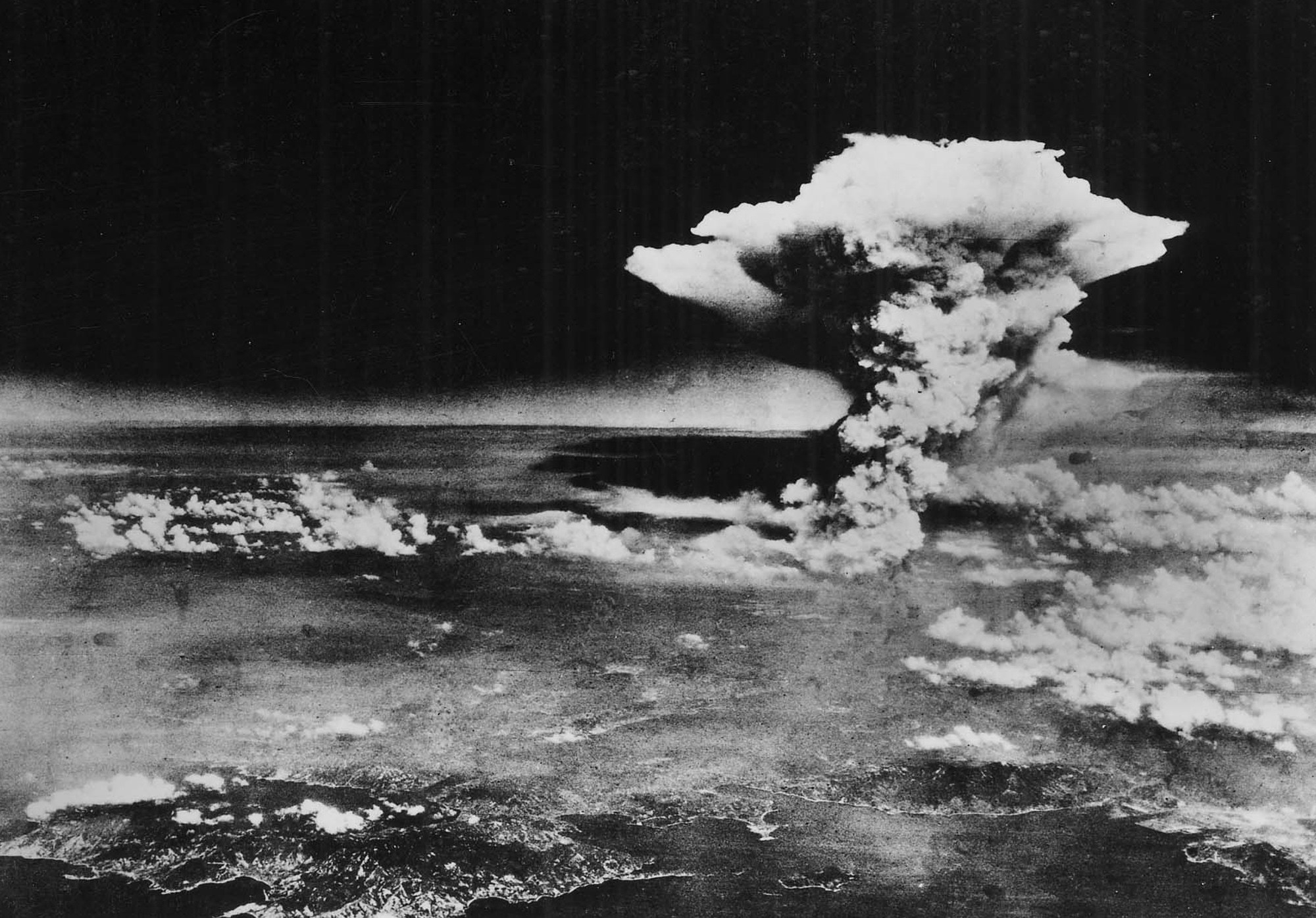Connection identified between Hiroshima nuclear fallout debris and early solar system condensates

On February 22, 2024
This article has been thoroughly reviewed according to the editorial process and guidelines of Science X. The following key aspects have been confirmed for their credibility by the editors:
- The facts have been checked
- The article is based on a peer-reviewed publication
- The source is trusted
The article has been proofread
Hannah Bird, Phys.org contributor, participated in this review process.
The catastrophic impact of the atomic bombing of Hiroshima, Japan, by the United States in August 1945 remains significantly impactful to this day. The aftermath of the event not only led to numerous immediate causalities, but it also elevated the occurrence of radiation-induced cancer.
Current research on Hiroshima Bay has revealed a new type of debris from the nuclear fallout, termed Hiroshima glasses. These glasses are believed to have formed from the vaporized materials of the bomb and the resulting landscape and structural devastation.
The journal Earth and Planetary Science Letters recently published new research analyzing the chemical and isotopic compositions of these glasses in order to understand their creation during the nuclear event.
The primary process driving the formation was rapid condensation within the nuclear fireball, as observed by Nathan Asset and his team from Université Paris Cité, France. The process is compared to how the first solids in our solar system would have formed from interstellar dust and nebula gas.
The researchers identified four types of glasses within the 94 fallout debris samples: melilitic, anorthositic, soda–lime, and silica. The sources of the silica glass could not be differentiated from beach sand grains, while the soda–lime glasses had characteristics resembling industrial origin.
In their study of the glass formation, the researchers note that the plasma fireball exploded 580m above the city. Within a fraction of a second, the pressure dropped to match the surrounding atmosphere, vaporization ceased after 10 seconds, and a variety of city materials vaporized and mixed to produce various glasses.
Estimating the exact component quantity that vaporized is challenging as not all infrastructure was destroyed and different materials needed varying energy levels to vaporize and form condensation nuclei.
The isotopic composition of silica in the Hiroshima glasses aligns with the composition of calcium-aluminum-rich inclusions (CAIs), which are found in primitive meteorites. From this, the team could infer the sequence in which different types of glasses were formed.
Even though the conditions for Hiroshima glass formation and CAIs are different, understanding processes during gas-solid transition aids in learning more about our solar system’s origins and its developments thereafter.
The research is titled "Condensation of fallout glasses in the Hiroshima nuclear fireball resulting in oxygen mass-independent fractionation," and was conducted by Nathan Asset et al. It was published in Earth and Planetary Science Letters (2023).
Journal information: Earth and Planetary Science Letters is the source of the article.
Science X Network holds the copyright for this article in 2024.




